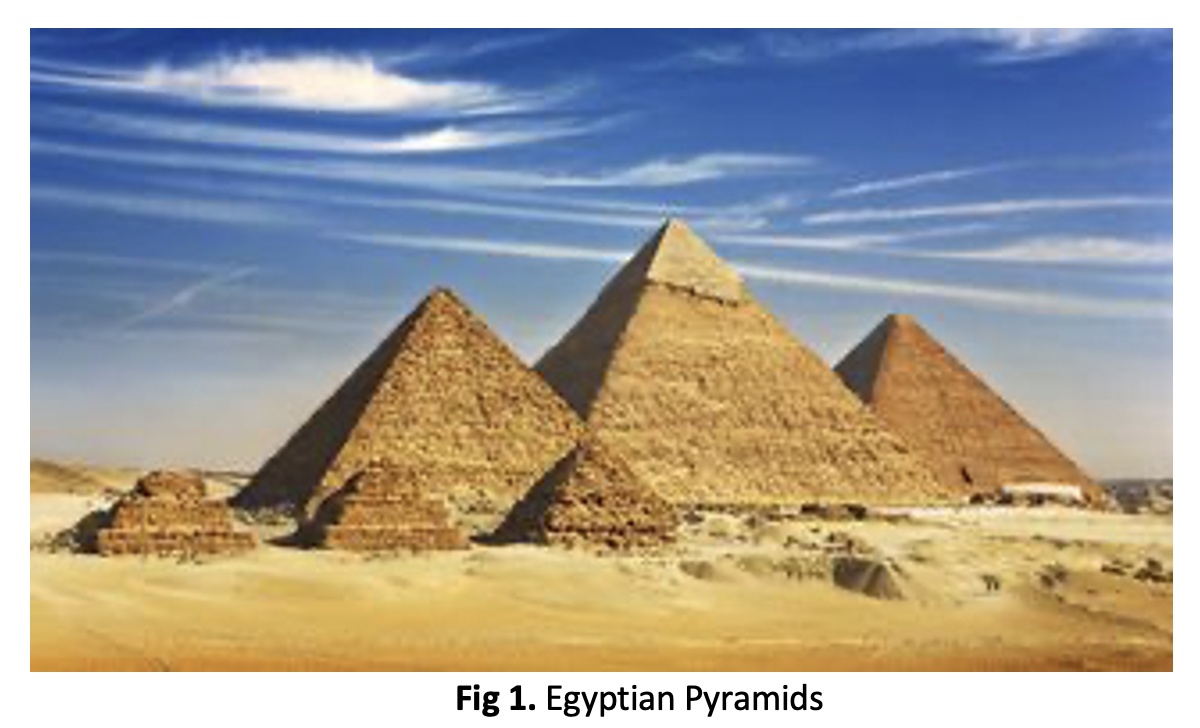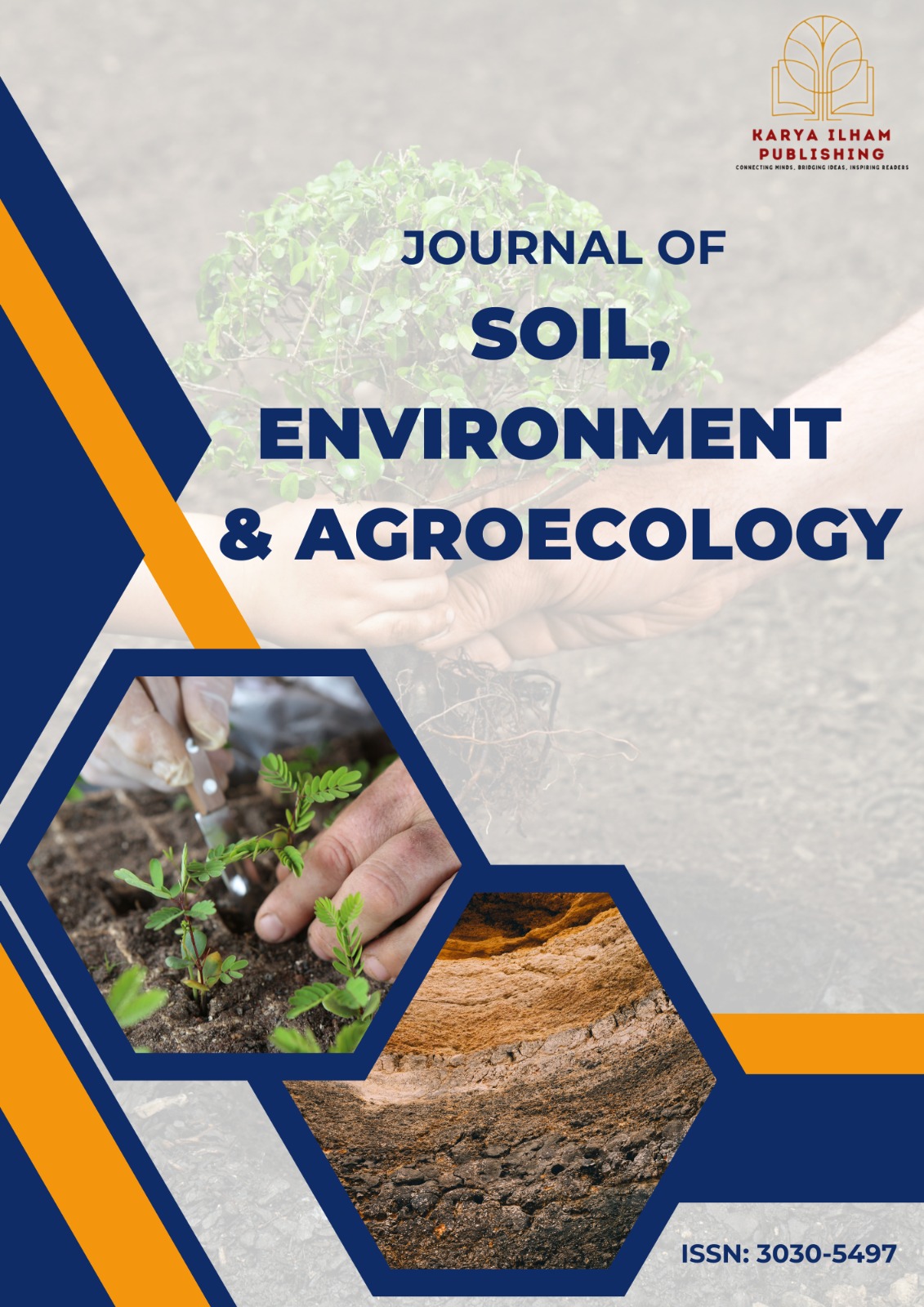Chemical Soil Stabilization for Improved Load-Bearing of Road Embankment: A Concise Review
Keywords:
Chemical soil stabilization, strength gain over time, polymer modified cementitiousAbstract
Soil stabilization transforms unsuitable materials into usable ones with desirable engineering properties. It can be categorized into mechanical and chemical stabilization. Mechanical stabilization involves processes like compaction and drainage to change soil characteristics, while chemical stabilization uses chemicals to alter soil properties via chemical reactions. Soil properties are modified through chemical reactions like hydration and pozzolanic reactions. This results in higher strength, lower permeability, and reduced plasticity and shrinkage. Chemical stabilization dates back over 5000 years. Ancient civilizations used mixtures like gypsum and lime to construct structures, such as the Egyptian pyramids and the Great Wall of China. In the US, modern research began in the 1930s. In Malaysia, chemical stabilization for road construction started in the 1980s, known as Cold In-Place Recycling (CIPR). JKR Malaysia has conducted numerous pilot projects to assess the feasibility and performance of chemical soil stabilization. Chemical stabilization can be in-situ or ex-situ. In-situ stabilization improves soil on-site and is divided into surface treatment, shallow mixing, and deep mixing. Ex-situ mixing occurs during transportation or in a batch plant. Cement, lime, fly ash, and bituminous chemicals are widely used. Cement improves soil strength but can be brittle. Lime enhances clayey soils’ strength and reduces plasticity. Fly ash, a by-product of coal power plants, modifies fine-grained soils. Bituminous chemicals add flexibility and prevent cracking. Innovative chemical stabilizers such as ionic stabilizers, enzyme-based stabilizers, microbial induced calcite precipitation (MICP), biopolymers, synthetic polymers, polymer-modified cementitious stabilizers, and nanotechnology are also explored. These modern solutions offer improved technical effectiveness and commercial efficiency, with potential environmental benefits. In conclusion, chemical soil stabilization significantly enhances the load-bearing capacity of road embankments. This paper provides a critical review of various chemical stabilizing agents and methodologies, highlighting their mechanisms, advantages, and limitations, and underscores the importance of continuous research and development in this field.









